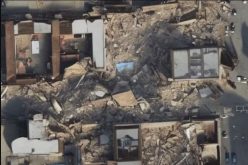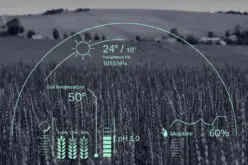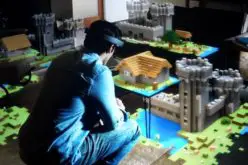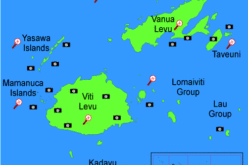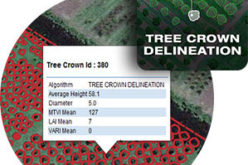Remote sensing, Satellite Imagery, Surveys Use to Estimate Population of Mogadishu
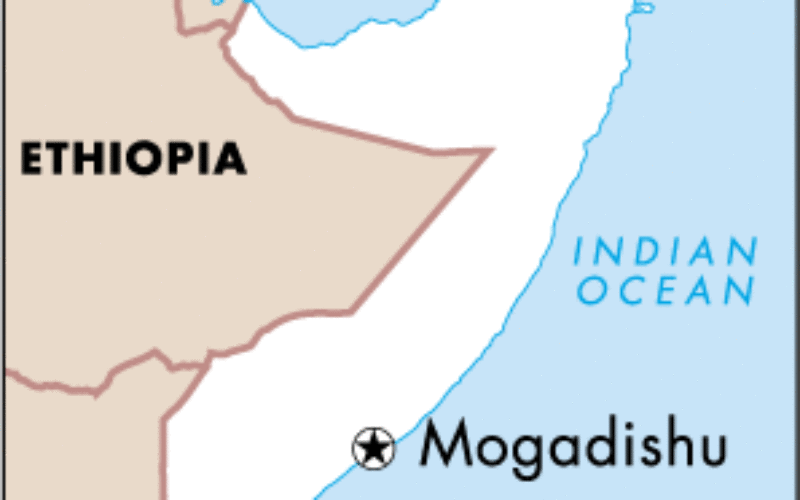
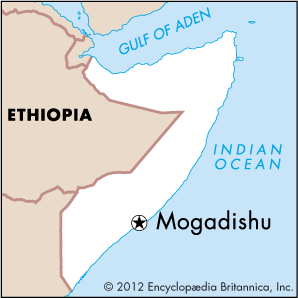 The results of the first population survey of Mogadishu, Somalia, conducted in a quarter century were presented today at a session of the 2015 Joint Statistical Meetings (JSM 2015) in Seattle.
The results of the first population survey of Mogadishu, Somalia, conducted in a quarter century were presented today at a session of the 2015 Joint Statistical Meetings (JSM 2015) in Seattle.
Jesse Driscoll, assistant professor of political science at the University of California, San Diego, presented the results in an invited presentation titled “Representative Surveys in Insecure Environments: A Case Study of Mogadishu, Somalia.”
The representative survey, conducted in March 2012, combined the use of smartphone technology and remote-sensing methods (for sampling and enumeration) with old-fashioned qualitative face-to-face ethnography aided by a key relationship with the Somali diaspora in San Diego to ensure enumerator security. Driscoll conducted the survey in collaboration with Nicholai Lidow, currently an adviser to the Somalia Stability Fund.
The research enabled the development of comparative welfare indicators for the people living in different parts of the conflict-ravaged city.
“The data that comes from representative surveys of this type are useful for humanitarian relief agencies and family members in the diaspora, but also for military and diplomatic types–basically anyone who needs a no-nonsense, granular picture of what life is like in the city,” said Driscoll during his presentation. “However, the survey proved challenging due to Mogadishu’s poor security, fragmented nature of its authority structure, and lack of data for creating a sampling frame, but we recognize the challenges we faced are probably representative of the kinds of challenges others will face in analogous places in the future.”
Remote sensing–acquiring information without physical contact by using commercially available high-resolution satellite imagery–was used to derive sampling frames for refugee camps by using satellite imagery to identify houses through an automated process that was later checked manually for accuracy.
Driscoll and Lidow also used local residents, recruited through contacts in the San Diego Somali diaspora, to conduct in-person household surveys using smart phones linked to Google Maps. The teams conducted surveys in 185 enumeration areas (EAs), even though only 136 were discovered to be inhabited. Forty-eight EAs were inaccessible due to fighting or permission being denied by local authorities. Another 37 EAs fell within recently created military zones in which civilians were ordered to evacuate because of military operations against al-Shabab militants.
Key survey findings include the following:
- Four in 10 (44%) of the city’s households self-reported as being displaced.
- Nearly half (46%) of households had some access to electricity.
- Six in 10 (62%) households had a least one child in school.
- More than a quarter (27%) of households reported fighting in their neighborhood in the previous week.
- One-fourth of respondents (25%) were willing to reveal their clan identity if asked (reluctance to discuss kinship ties is critical to personal security in Mogadishu).
- Fifteen percent of residents reported receiving some form of food assistance from family, mosque groups or aid organizations.
- Life is dramatically different in various parts of the city. For example, consider the following:
- The proportion of displaced households in each district ranges from 16% in Karaan and Hamar Jaabjab districts to 82% in Abdi Aziz district.
- Fighting the week prior to the survey was experienced by 83% of households in Karaan district; however, no fighting was reported in Abdi Aziz and Hamar Weyne districts.
- Willingness to reveal clan identities varies. No households in Abdi Aziz were willing to reveal their clan identity. Conversely, 72% of Hamar Weyne households were willing to do so.
The explosion of mobile and satellite technologies in recent years means representative surveys can be conducted in even the most challenging environments, opined Driscoll during his presentation.
“Though these kinds of surveys demand extensive and careful planning to mitigate risks to research teams and subjects, the potential benefits are substantial,” he concluded. “Failed states create negative security externalities for the great powers in the form of refugees and piracy and, in some cases, terrorism or toxic ideologies. As a result, there always is going to be demand in the future for representative surveys in conflict zones. We believe by writing the paper essentially via open-sourcing, we will help improve best practices in this area of critical need.”
###
JSM 2015 is being held August 8-13 at the Washington State Convention Center in Seattle. More than 6,000 statisticians–representing academia, business and industry, as well as national, state and local governments–from numerous countries are attending North America’s largest statistical science gathering.
About JSM 2015
JSM, which has been held annually since 1974, is being conducted jointly this year by the American Statistical Association (http://www.
About the American Statistical Association
The ASA is the world’s largest community of statisticians and the second-oldest continuously operating professional society in the United States. Its members serve in industry, government and academia in more than 90 countries, advancing research and promoting sound statistical practice to inform public policy and improve human welfare. For additional information, please visit the ASA website at http://www.


